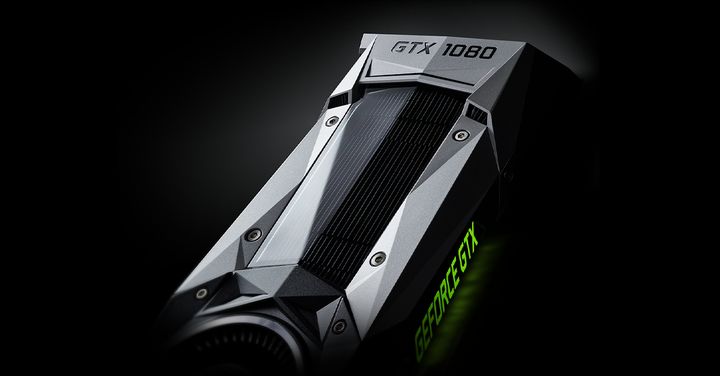Nvidia is the world’s leading company when it comes to graphics technologies, and the makers of the hugely successful GeForce video cards for PCs. And earlier this month the American company shocked the tech world when they announced their new GTX 1080 and 1070 graphics cards.
The reason for this is that not only these newer cards blow the competition out of the water, but they are also leaps and bounds ahead of Nvidia’s earlier GeForce card models. Actually, the GTX 1080, which is priced at less than $600 in the US, outperforms Nvidia’s previous performance leader, the GTX Titan X, which is going for about $1000 at the time of writing. Nvidia’s lesser model, the GTX 1070, is also a serious performer, and gives Nvidia’s previous value card, the GTX 970, a serious run for its money while costing less than $400.
These new cards are based on the company’s new “Pascal” architecture, and it’s obvious that these cards’ “irresponsible levels of performance”, as Nvidia’s CEO put it, are aimed at PC gamers with the latest ultra-high definition monitors and especially those looking to enjoy virtual reality games with headsets like the Oculus Rift or the HTC Vive.
As a matter of fact, aside from the big performance boost to meet demands of virtual reality games, these cards include other interesting, VR-related features. An example is a tool known as “Ansel”, which allows users to take screenshots in games like The Witcher 3 at resolutions higher than 4K, which can also be in full 360° so that they can be enjoyed by those with VR headsets.
Another interesting feature of Nvidia’s new GeForce cards is known as VRWorks Audio, which is a new 3D audio system meant to be used in virtual reality applications and games, making these more atmospheric and realistic thanks to the enhanced soundscape offered by Nvidia’s VRWorks. These cards also use a technology known as “multi-projection”, which can be used to improve performance in VR games by discarding pixels when rendering scenes without an appreciable loss of quality, and can be seen in demos like the one for the game Obduction.
All in all, it looks like Nvidia’s new cards will likely give PC gamers reason to upgrade their machines again, especially those looking forward to get a new VR headset this year, and it will be interesting to see how Nvidia’s main competitor AMD responds to Nvidia’s new ultra-competitive graphics cards.
Note: The GTX 1080 was released on May 27, 2016. The GTX 1070 will launch on June 10.
GTX 1080 Graphics Card
COPYRIGHT: Nvidia Corporation.

